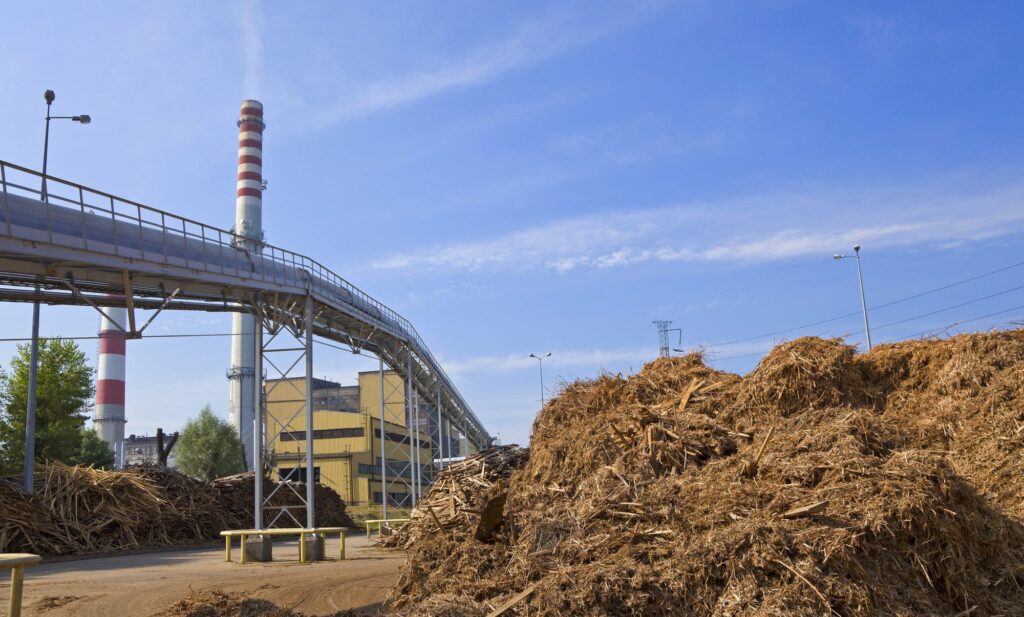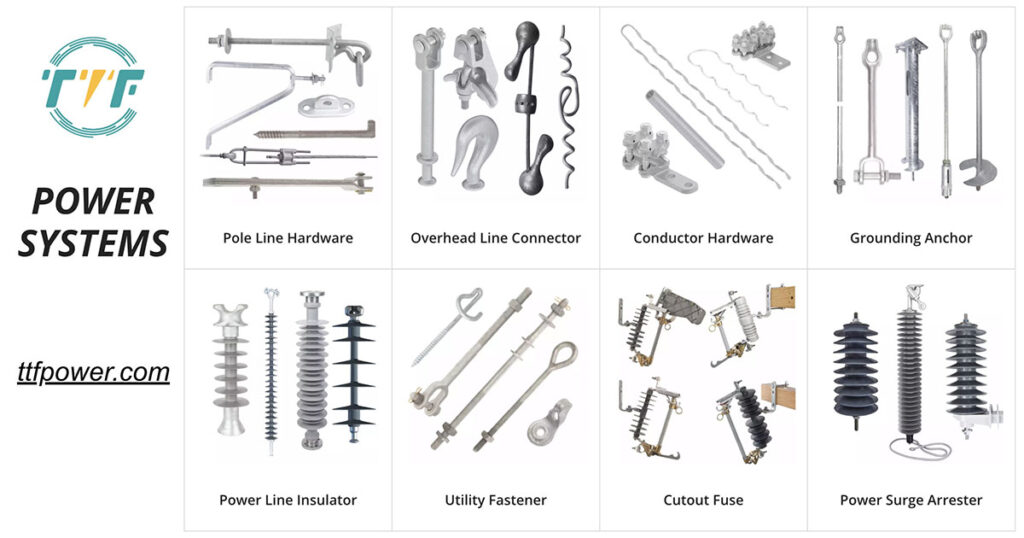
Peru has demonstrated considerable enthusiasm for renewable energy, with biomass emerging as a promising resource. Biomass energy comes from the breakdown of organic materials, which can be derived from plants or animals. Biomass serves as a practical choice for energy production due to its renewable characteristics. It additionally enables the recycling of waste that may harm the environment. Waste materials can be converted into renewable energy sources and sustainable energy. Bioenergy may decrease the nation’s reliance on fossil fuels and foster the advancement of rural regions. Peru has the potential to diversify its energy sources by advancing biomass initiatives. Guy thimbles are vital for structural support and tensioning systems of cables. They are essential for stabilizing towers, stacks, or machinery that experience significant mechanical stress. The thimbles may aid Peru in realizing its complete capacity for biomass energy.
Biomass power plants need transmission lines to distribute electricity produced. High-quality guy thimbles are mostly from galvanized or stainless steel to resist corrosion and abrasion. Guy thimbles work with turnbuckles, shackles, or dead-end grips to secure guy wires. They are able to prevent catastrophic failures in biomass infrastructure. Guy thimbles serve in biogas plants, biomass boilers, and conveyor systems. The thimbles are crucial for the structural stability, safety, and longevity of installations exposed to mechanical stress. This article explores the roles of guy thimbles in the biomass production plants and the technologies contributing to increased biomass production in Peru.
Guy thimbles in Peru’s biomass production.
Guy thimbles are metal reinforcement loops used with guy wires to form secure, non-fraying eyelets. They function in tensioning systems, guyed towers, support poles, and storage tank supports. Guy thimbles are crucial to holding vertical structures in place and resisting mechanical loads, wind, and vibration. They are crucial components in the structural integrity and safety of biomass support systems. Guy thimbles are crucial components in remote, rugged, and rural environments. Here are the functions of guy thimbles in Peru’s biomass production.

- Securing support towers and exhaust stacks—biomass plants need tall chimneys, exhaust stacks, or fuel-feed silos. Guy thimbles prevent wire fraying at connection points, provide uniform load distribution, and enhance the longevity of support systems.
- Enhancing safety and structural integrity—guy thimbles keep towers, antennas, and light poles. They reduce wire fatigue from continuous tension, and reduce the risk of system collapse.
- Supporting monitoring and communication equipment—biomass plants include telemetry systems, wireless data relays, or weather stations. This is to track emissions, energy output, and feedstock supply metrics. Guy thimbles provide stability and uptime in isolated or forested regions.
- Enabling temporary and modular installations—guy thimbles make rapid deployment and anchoring easier, relocation of structures easier, and maintenance of tension systems easier.
- Withstanding harsh environmental conditions, biomass plants in Peru face high humidity, heavy rainfall, and temperature fluctuations. Guy thimbles ensure that tension systems remain operational under adverse conditions.
Technologies that enhance biomass production in Peru
Peru’s biomass energy industry is fueled by a blend of traditional wisdom, contemporary engineering, and advanced technologies. The technologies assist in converting waste from agriculture, forestry, and agro-industry into renewable energy resources. Collaboration with smart grids and eco-friendly agricultural methods establishes the nation as an emerging leader in renewable energy advancements. The technologies utilized consist of

- Biomass gasification technology—this process transforms organic materials into syngas through heating them in an environment with limited oxygen. It serves in countryside regions to transform agricultural waste into energy and assists in projects for off-grid electrification.
- Anaerobic digestion and biogas facilities—organic waste decomposes through bacteria in oxygen-depleted settings. It generates biogas rich in methane and digestate. It operates in small agricultural and agro-industrial environments to handle manure and food scraps.
- Cogeneration (CHP) systems—combined heat and power facilities generate electricity and beneficial heat from biomass. This technology lowers energy expenses and minimizes environmental effects in agro-processing sectors.
- Biomass pelletizing technology—pellet mills compact dry biomass into dense, consistent pellets utilized for heating and energy production. They are simpler to store, move, and ignite. They lower emissions in comparison to conventional solid biomass.
- Biofuel manufacturing plants in Peru produce various types of biofuels, including bioethanol and biodiesel derived from palm oil. The technology showcases sophisticated fermentation and distillation machinery.
